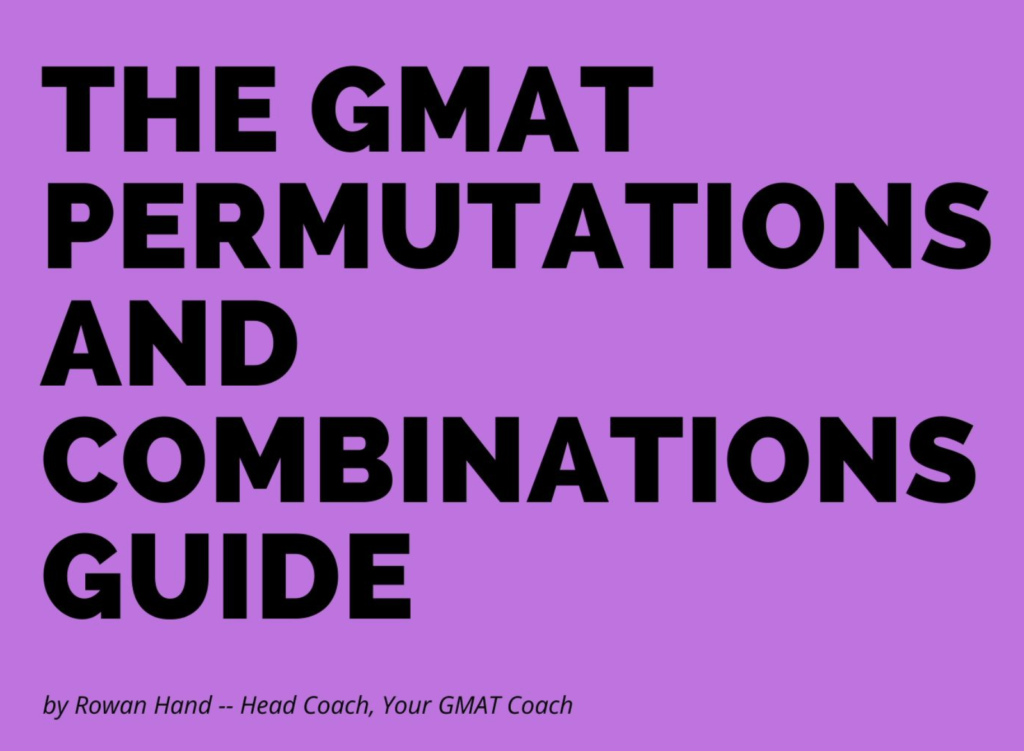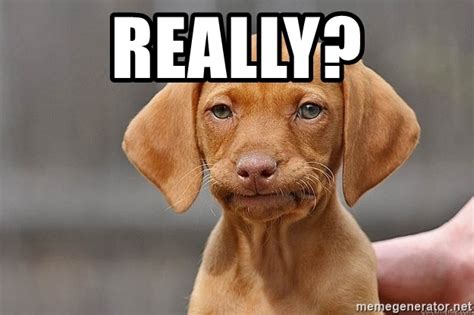A certain identification code consists of 6 digits, each of which is chosen from 1, 2, …, 9.
...The same digit can appear more than once. If the sum of the 1st and 3rd digits is the 5th digit, and the sum of the 2nd and 4th digits is the 6th digit, how many identification codes are possible?
A. 625
B. 720
C. 1,296
D. 2,025
E. 6,561
This is a particularly weird question in terms of how it expects you to construct an answer. It’s definitely a counting problem and some of the normal counting techniques will help us in terms of thinking about it, but it’s strictly NOT a situation that calls for classic Permutation or Combination equations.
In fact, it most likely needs to be hand-counted, but if you find a way to do it with equations, I’d love to see that.
Let’s get started.
First, draw out the six spaces and name them; I usually just use letters here, so A through F.
Second, let’s create a table. If the 1st and 3rd digits sum to be the 5th digit, that means that a + c = e. Similarly, b + d = f.
We can make a table to outline the possibilities here. Now if a certain identification code consists of 6 digits, then I really am getting sick of repeating this but that’s what the machines make us do so that this ranks.
First, let’s look at the a + c = e case. Note that if we select a = 1, that leaves 8 possibilities such that the sum is maximum 9 (1+8 = 9, 1+7=8, etc.). If we select a = 2, then we have 7 possibilities such that the sum is maximum 9 (2 + 7 = 9, 2+ 6 = 8, etc.).
All we have to do at this point is to add up the second column (possibilities for C), and that is the number of possibilities for a, c, and e.
That is…
8+7+6+5+4+3+2+1 = 36
Note that we can do precisely the same thing for b, d, and f:
And this leaves us another 36 possibilities:
8+7+6+5+4+3+2+1 = 36
Then we simply need to multiply the number of possibilities for a, c, and e (36) by the number of possibilities for b, d, and f (36) to get the total number of possibilities.
(Once more for our Google overlords! Just skip to the next paragraph because this is useless garbage. A certain identification code consists of 6 digits and I need to write more blather here now or my SEO program yells at me and I’m going to write and write and write –and maybe I’ll let ChatGPT do this next time…)
That gives us:
And there you have it. That’s how you solve the “a certain identification code consists of 6 digits” question from the GMAT Foc
If you enjoyed this question and want more practice with various types of counting problems, check out the GMAT Permutations and Combinations Guide (excerpted in these blogs), where you’ll find tips, tricks, techniques, and a shit-ton of sample questions.
The best part is, you’ll never have to use those idiotic nCr equations again…






